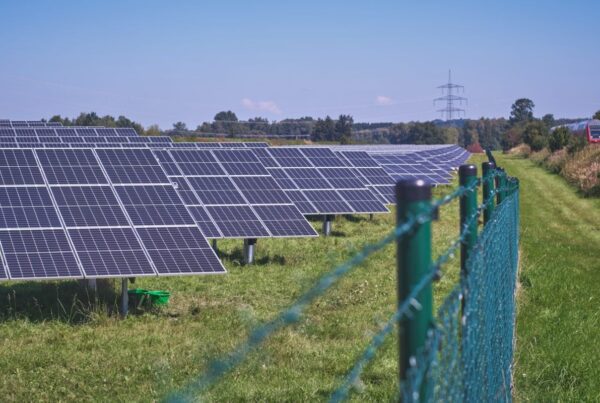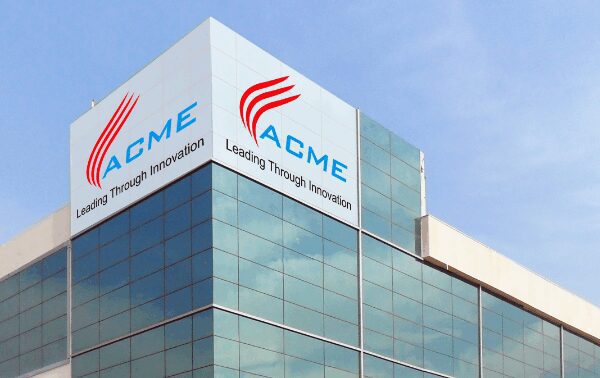
Both projects will also play a significant role in the decarbonisation of the Appalachian region, which has historically relied on coal production for its local economy. The Mineral Basin project, for instance, is expected to function as a proof-of-concept for other mine-to-solar projects in the region, with developer Swift Current, whose subsidiary Mineral Basin Solar Power will operate the project, planning to add 1GW of solar capacity to the region over the next five years.
The third project, the Decarbonizing Goal Mines in Nevada initiative, will see US$95 million invested to build a solar-plus-storage facility at three operating gold mines in the state. The DOE has not announced the capacity or output of these facilities.
The other two projects covered by the funding round include a geothermal-plus-storage project at an Arizona copper mine and a pumped hydro storage project at a former coal mine in Kentucky.
“Thanks to the president’s Investing in America agenda, DOE is helping deploy clean energy solutions on current and former mine land across the country – supporting jobs and economic development in the areas hit hardest by our evolving energy landscape,” said US secretary of energy Jennifer M Granholm.
All of these projects are part of the government’s Justice40 Initiative, a programme aimed to decarbonise the US energy mix, while providing access to energy for communities historically excluded from access to electricity. The initiative takes its name from the fact that the government is aiming to deliver 40% of the “overall benefits” of such investment to “flow to disadvantaged communities that are marginalised by underinvestment and overburdened by pollution.”
This is particularly relevant in the Appalachian region. A 2021 report from the Appalachian Regional Commission found that poverty across the region “remains significantly higher” than the US average, and this trend could be set to continue, as the number of people employed in the historically productive coal sector fell by around 54% between 2005 and 2020.
While the majority of US solar legislation has focused on manufacturing, most notably the Inflation Reduction Act (IRA), the latest announcement by the DOE is an example of other legislation delivering benefits for both the solar sector and access to energy more broadly.






